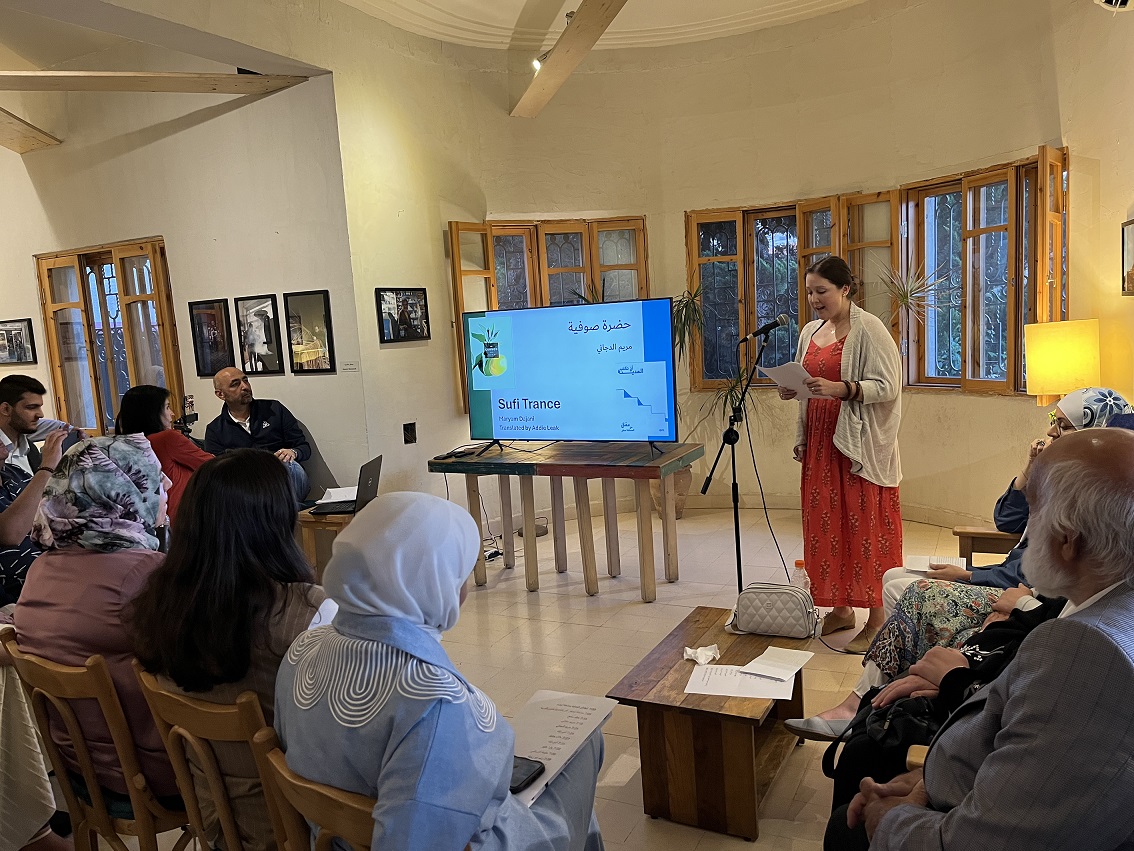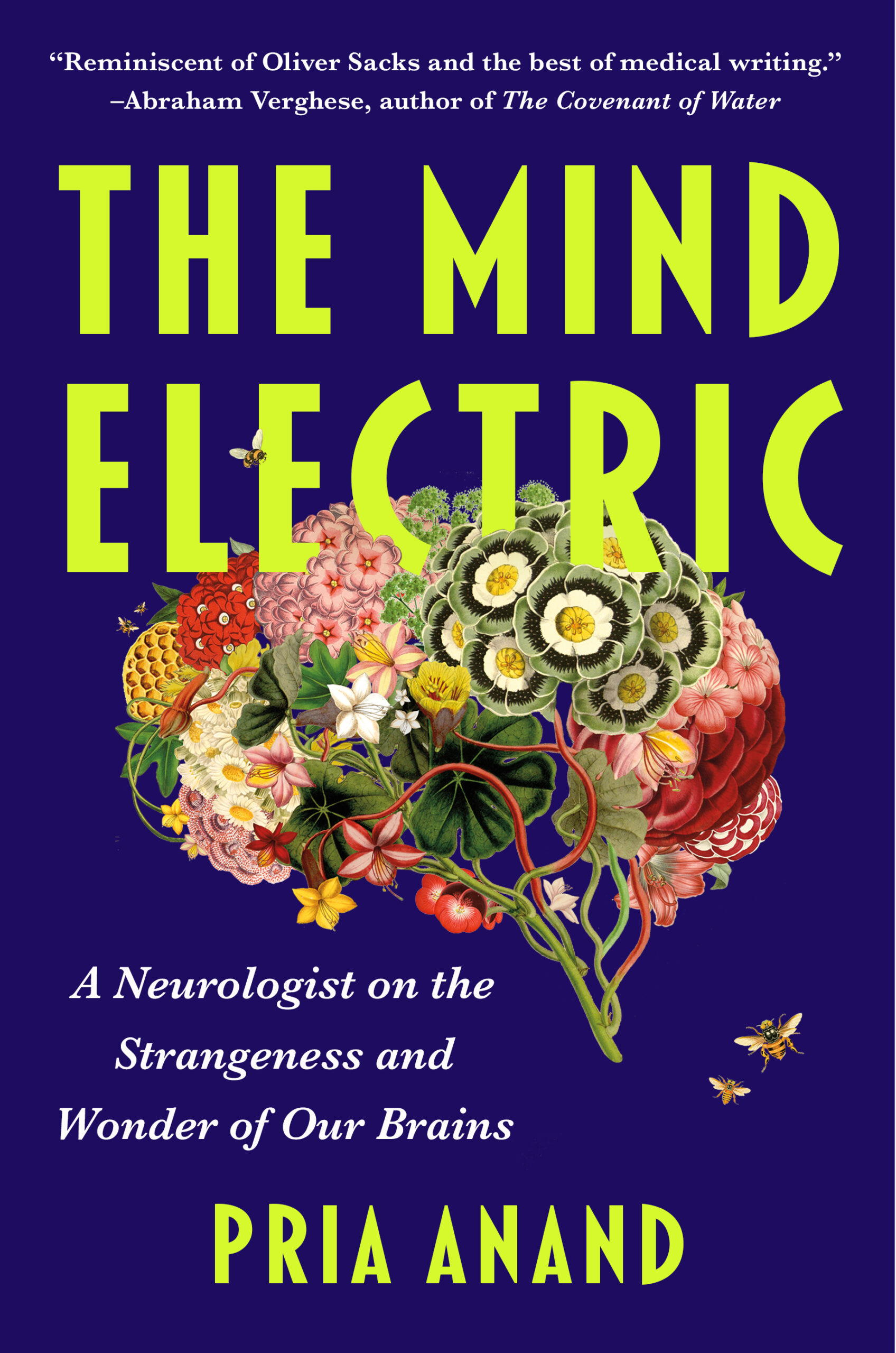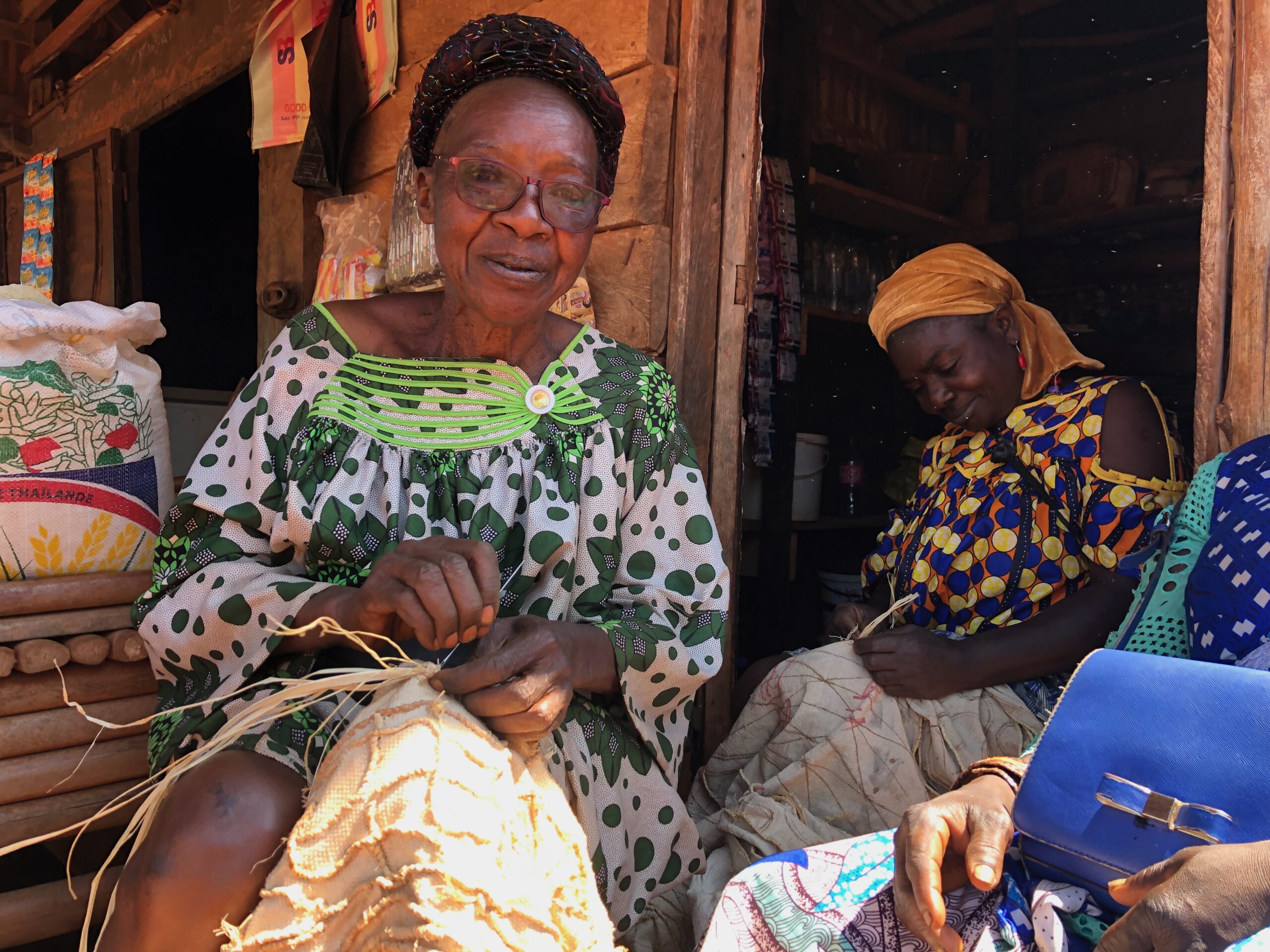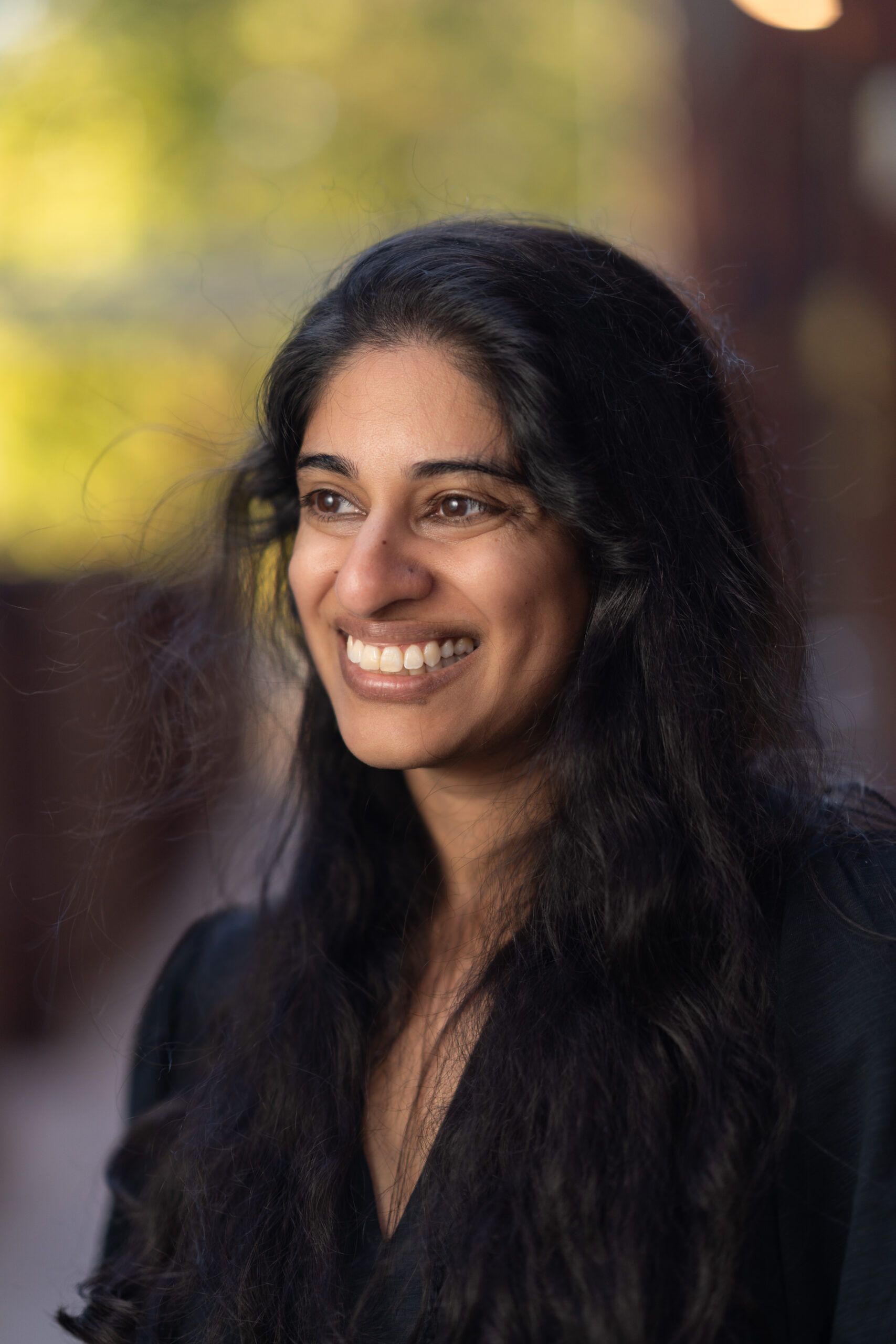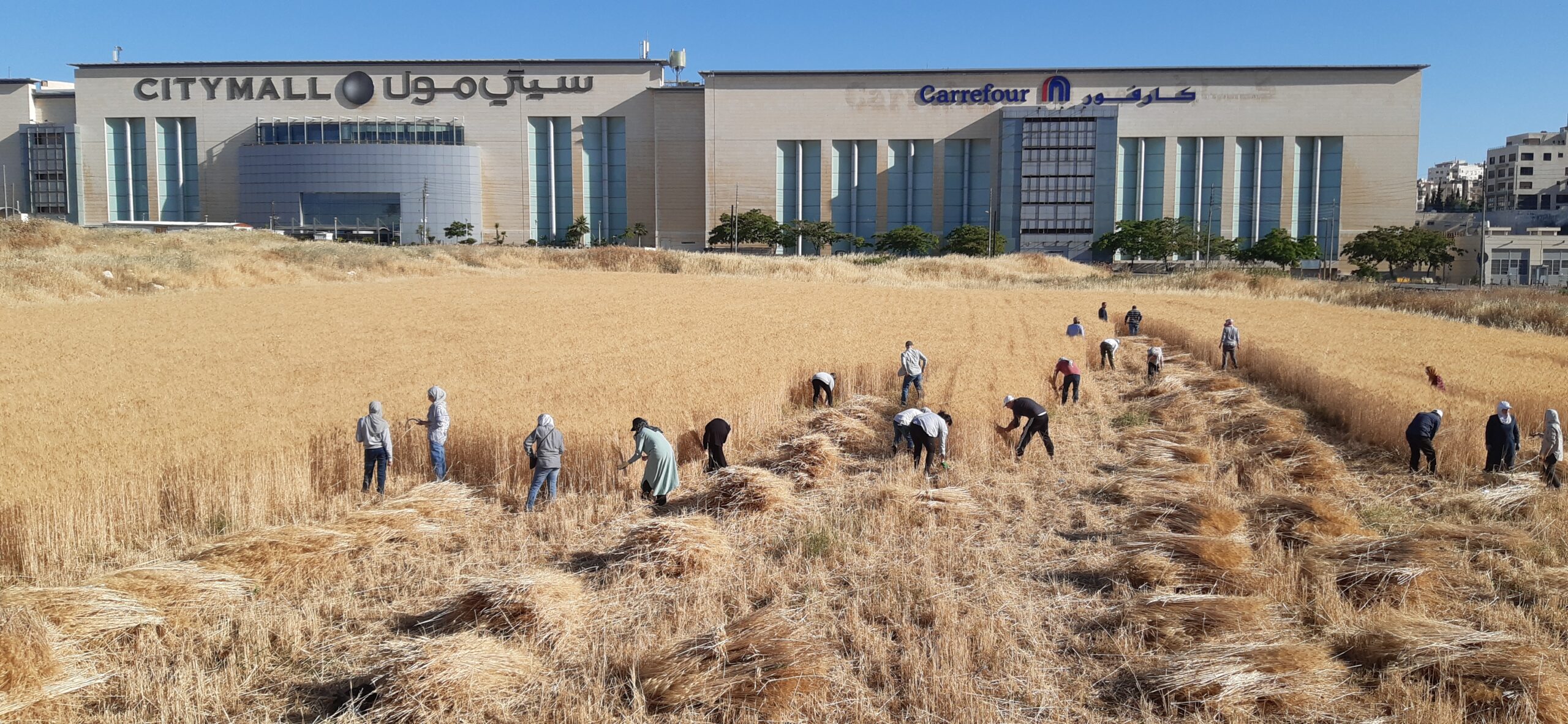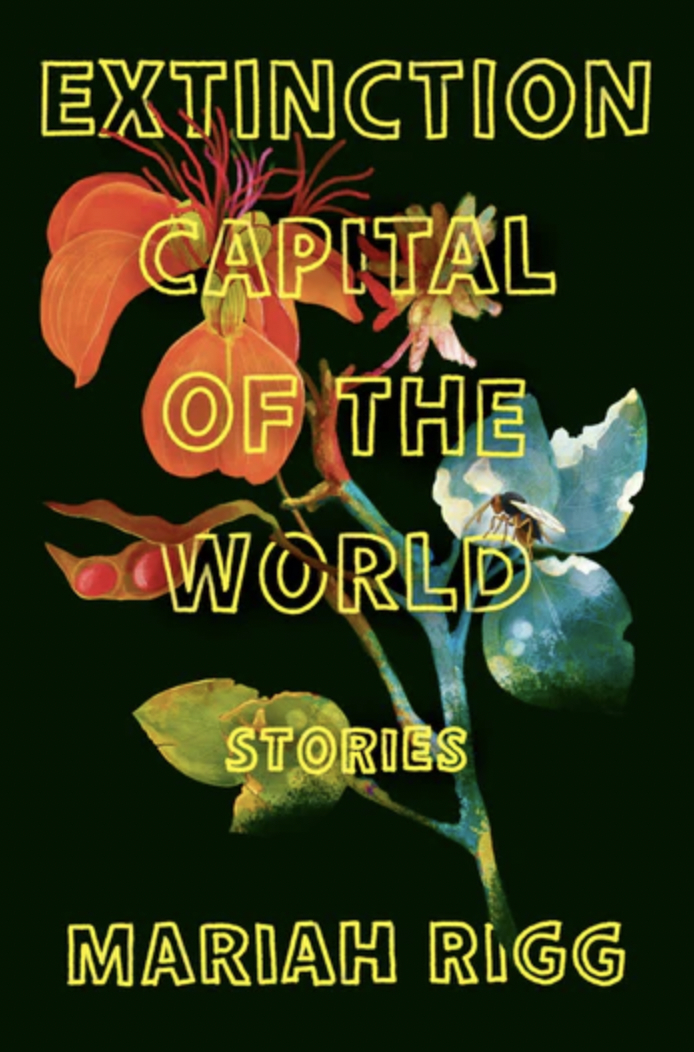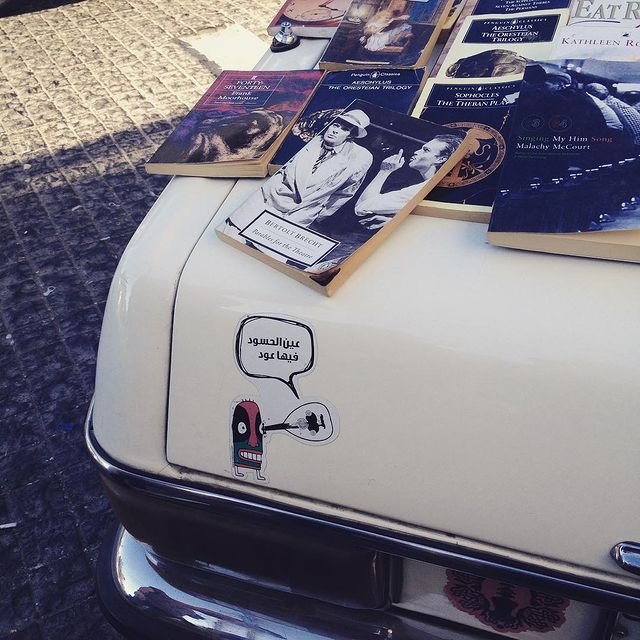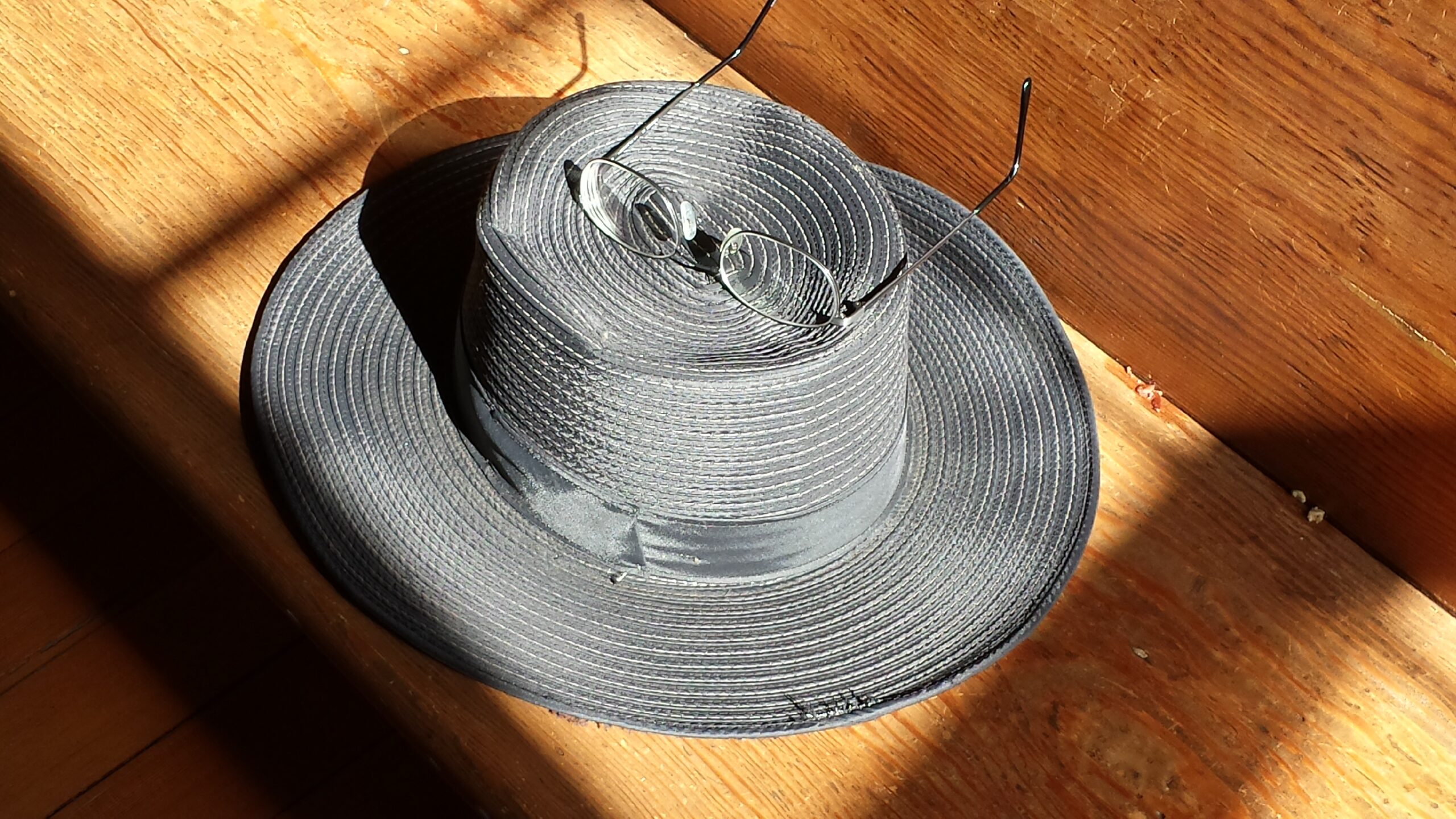This May, contributors featured in The Common’s latest issue, Issue 29, gathered in Amman to read their work. The event was organized by HISHAM BUSTANI, guest editor of the issue’s Amman portfolio, to celebrate the portfolio’s publication by creating a space where these writers could share their pieces aloud. Having translated many of the featured pieces, ADDIE LEAK read excerpts from her work. HALEEMAH DERBASHI, author of the enigmatic essay-portrait of Amman, “Serious Attempts at Locating the City,” was interviewed about the event by the University of Jordan Radio. HUSAM MANASRAH, whose photos artfully capture the practices of various tradespeople in Amman, spoke to Aljazeera after the reading.
Issue 29
Podcast: Pria Anand on “The Elephant’s Child”
Transcript: Pria Anand Podcast.
PRIA ANAND speaks to managing editor EMILY EVERETT about her story “The Elephant’s Child,” which appears in The Common’s spring issue. The piece is a vivid retelling of a Hindu myth, the origin story of the elephant-headed god Ganesh. Pria talks about the process of writing and revising many versions of this ancient myth, why she felt inspired by it, and how her literary writing intersects with her career as a neurologist. Pria also discusses her debut book, The Mind Electric: A Neurologist on the Strangeness and Wonder of Our Brains, out this month from Simon & Schuster. The book explores how story and storytelling can illuminate the rich, complex gray areas within the science of the brain, weaving case study, history, fable, and memoir.

Raffia Memory
The man’s face is gone. Gone the others circled around him in the hut, gone the clang of cowry shells (were they cowry shells?) gathered around their ankles, gone the hut. Gone the ochre-red soil on which the hut was built. All that’s left is the fabric the man, who was a chief, was wearing. The blue of it—a blue so rich it throbbed.
Indigo doesn’t just dye a surface. It gives depth.
Ode to Mitski
while driving today to pick up groceries
I drive over the bridge where it would be
so easy to drive right off the water
a blanket to lay over my head its fevers
The Elephant’s Child
By PRIA ANAND
The elephant-headed boy was born with the head of a boy.
“I had been expecting you for years,” his mother told him. “By the time you were born, you could practically walk.”
Amman: The Heaviness and Lightness of Place
By HISHAM BUSTANI
Translated by NARIMAN YOUSSEF
Amman is not incidental. The sayl, the stream that patiently carved a path between seven hills for thousands of years, drew—as waterways often do—the din of life. It was somewhere close to here that the Ain Ghazal statues were found. Nine thousand years old, captivating in their simplicity, they seem to be about to speak as you contemplate their black-tar eyes, the details of their fine features, their square torsos and solid limbs.
The Month When I Watch Joker Every Day
By ERICA DAWSON
The month is February and that means
nothing because winter in Tampa is
the same as fall and spring so it could’ve
been easily Thoreau’s “September sun”
or Eliot’s “April is” blah blah blah.
Target Island
By MARIAH RIGG
Fifty-eight years before Harrison’s granddaughter is born, the U.S. government drops a two-thousand-pound bomb on the island of Kaho‘olawe. It is 1948. On Maui, the shock from the bomb is so strong that it shatters the glass of the living room window, and Harrison, a baby still in his crib, starts wailing in time with the family mutt.
Wandering
By ALA JANBEK
Translated by ADDIE LEAK
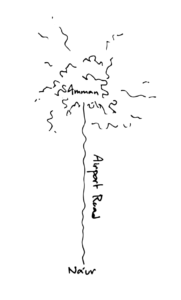
Amman was culture, colorful walls, and distant souqs in the old city where Mama tried to buy everything we needed in one trip. Na’ur was where my grandfather built the mill near a spring, where our home by the hill watches the sun set behind Palestine, far from the chaos of the valley.
Kaymoor, West Virginia
According to rule. The terrible safeguard
of the text when placed against the granite
ledge into which our industry inscribed
itself. We were prying choice from the jaws
of poverty, from the laws of poverty.
